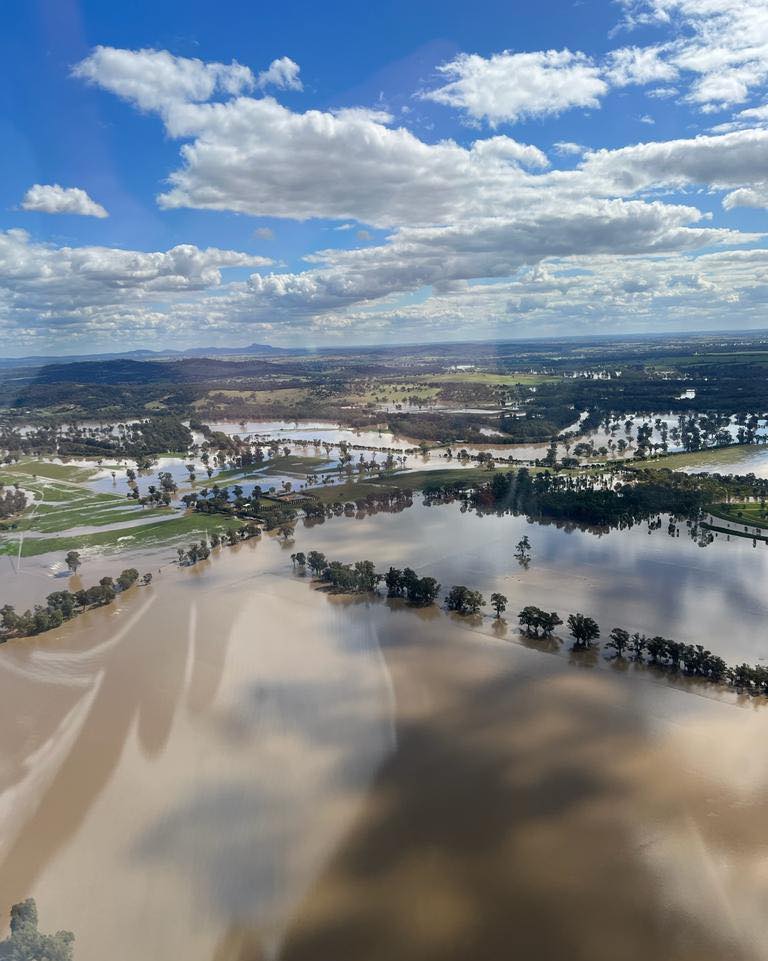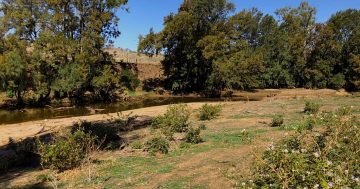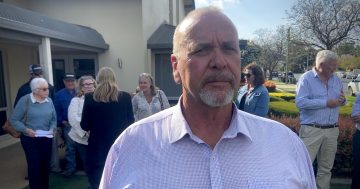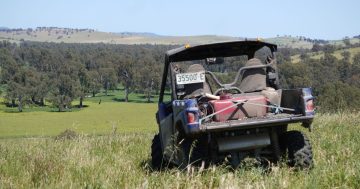
Wagga Wagga in flood in November 2022. Photo: Joe McGirr.
Farmers in New South Wales have called for a major review into the way new infrastructure, such as roads and levees, affected the flow of water during the widespread floods in 2021-22, and what can be done to prevent future devastation.
Communities across the state were hit by major floods from March 2021 to the end of 2022, devastating homes, crops, and residents’ livelihoods and causing some $5 billion worth of damage, with many still recovering.
While the State Government has committed some $200 million to implementing, in full or in part, the recommendations of an independent inquiry into the factors behind the flood, the NSW Farmers’ Association wants more to be done.
NSW Farmers’ Association president Xavier Martin said many had reported unprecedented damage from the floods, and that there needed to be a statewide review into floodplains and planning decisions “that may have exacerbated the problem”.
“We’re concerned that floodwater went places it hadn’t previously gone, and a lot of my members are saying they think public and private ‘flood works’ may be a contributing factor,” he said.
“Levees, roadways or other structures built on the landscape alter the speed, depth and movement of floodwater, and we’re concerned that this is why we saw unexpected flooding that presented a real threat to lives.”
Mr Martin said NSW Farmers supported Water Minister Rose Jackson’s call for improved modelling of water flows, but that a more extensive review of public and private works was needed to “get to the bottom of what went on and “more importantly understand how to prevent future flood impacts”.
He said as communities were still trying to pick up the pieces “many months on”, farming businesses were facing real challenges to future productivity due to the uncertainty created by the unexpected flows of water.
“Some of our members have serious doubts about whether buildings and paddocks that were thought to be safe might be inundated again, and they’re wondering whether they should rebuild a shed or repair a roadway if it might simply be destroyed again,” he said.
“This doubt and uncertainty is having a huge impact on productivity – this is a time when we need every part of agriculture firing on all cylinders to really drive our economic output.
“It’s the same for towns, we’re seeing entire communities find it difficult to get insurance, and that’s having a major impact on those people – with so much doubt and uncertainty for homes and businesses, and with such a difficult rebuilding effort still ahead of them, we would hate to see once vibrant towns collapse.”
Mr Martin said the State Government had a once in a generation opportunity to build back better from this major, widespread disaster, and set up a process that would protect people, property and the environment, and improve planning certainty into the future.
“Flooding rains can’t be avoided, but we can avoid exacerbating the problem, and we can prevent future loss of life, of livelihoods, of property and of business,” he said.
“We need to make sure we have fit for purpose planning rules and accurate modelling that takes into account the cumulative impact of flood works and looks at the movement, depth and velocity of flows.
“This might involve aerial scans and talking to people on ground about their experiences, but the end result we want to see is that if a proposed new levee bank or roadway or dam will flood a town or a property, it gets changed to avoid that impact.”










